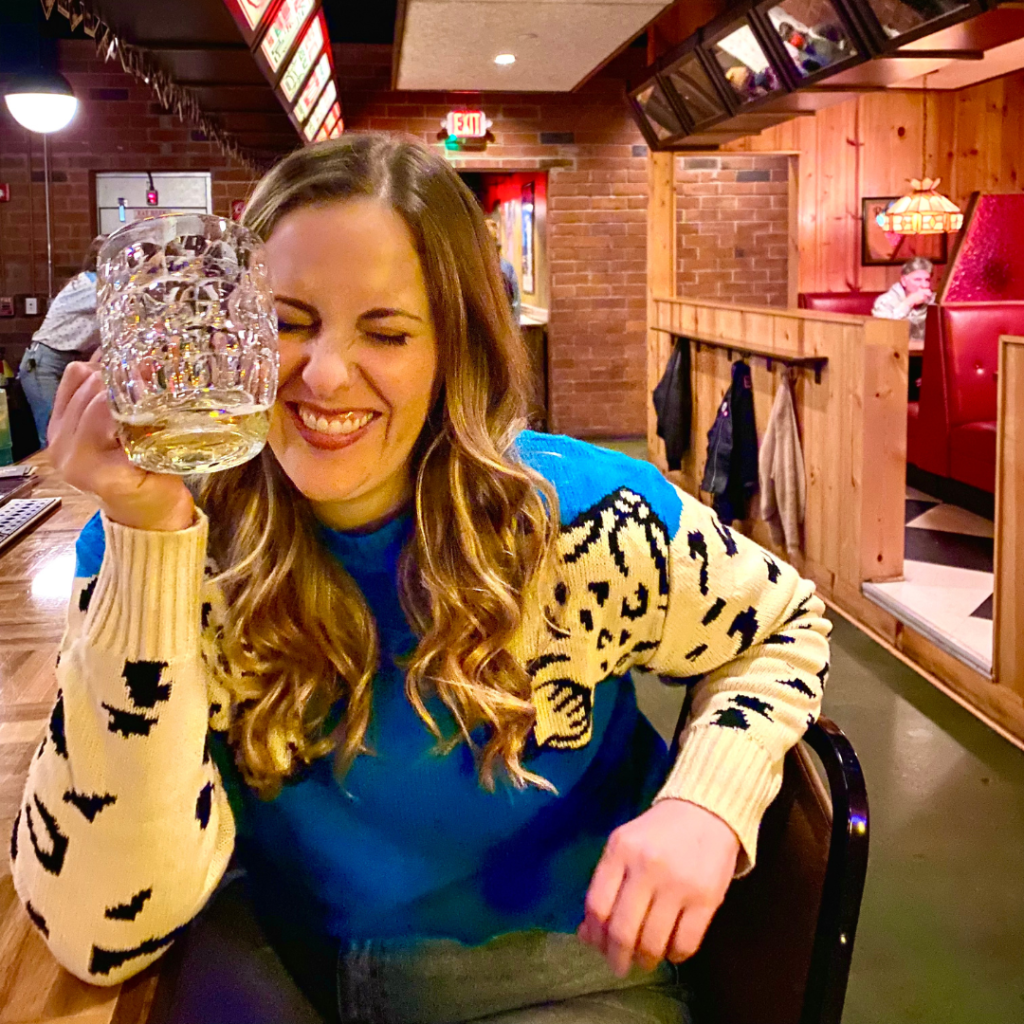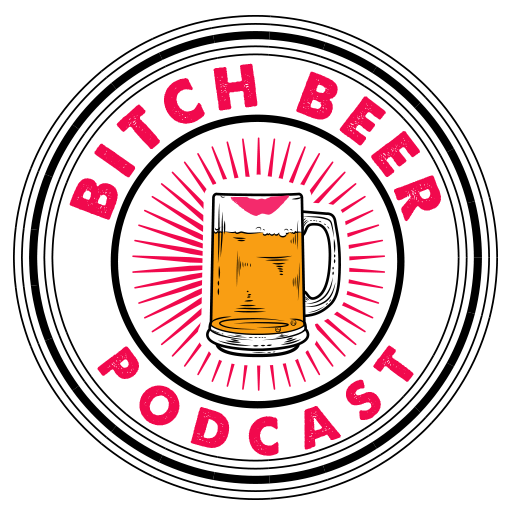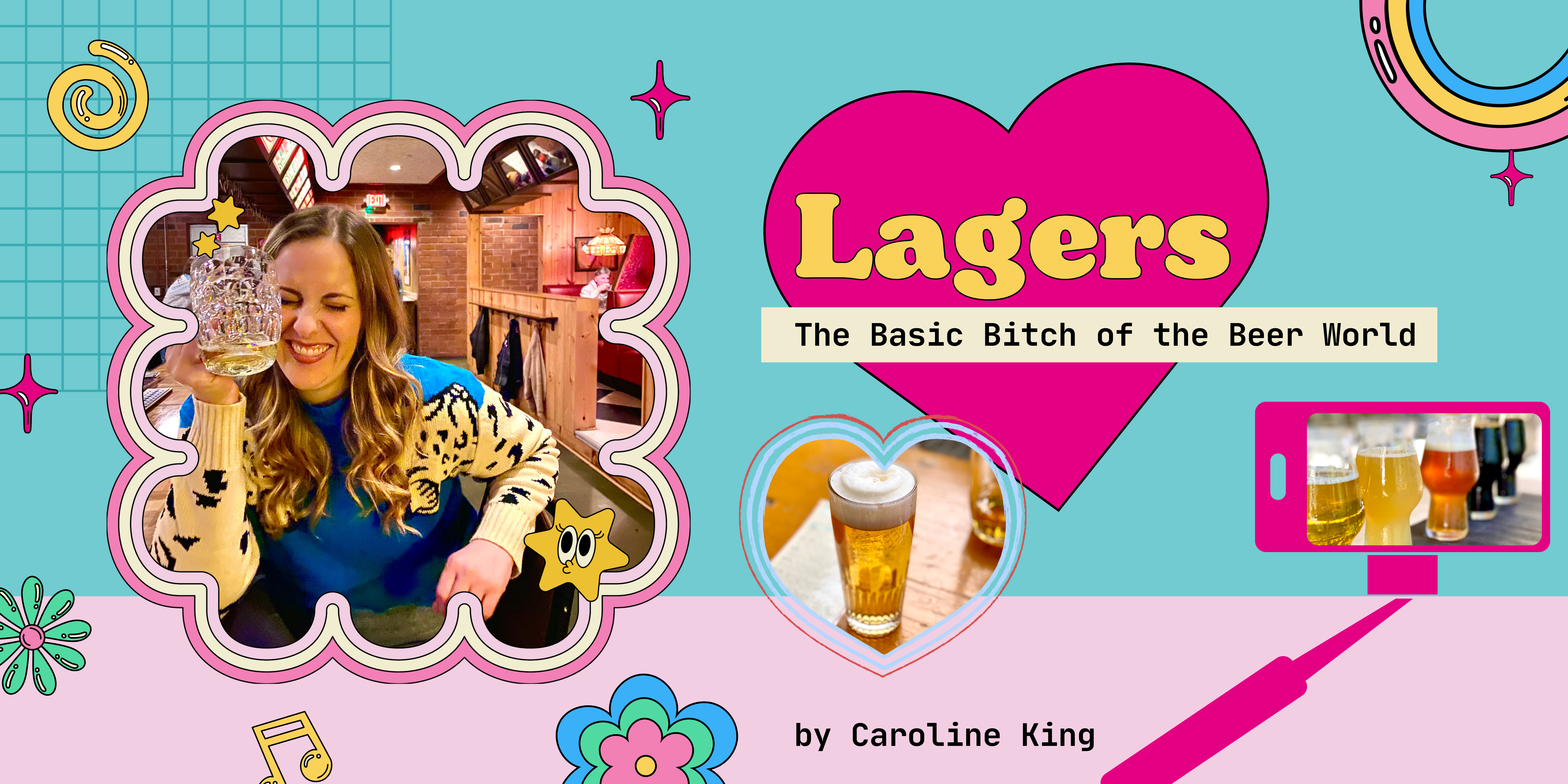Lagers are the basic bitch of the beer world and I am HERE FOR IT! Commonly referred to by experts as “Beer Flavored Beer” (not sure of who quoted this but most likely a more famous than me beer person) Lagers are the gateway beer for any beer lover and are the perfect year round choice for any occasion!
It is one of the most common styles of beer so join me as I get into everything there is to know about Lagers!
What exactly is Lager?
Lager is a type of beer that originated in Germany and is now brewed around the world. It is characterized by its light color, crisp flavor, and smooth texture. Lager is made using bottom-fermenting yeast strains that work best at cooler temperatures, typically between 45-55 degrees Fahrenheit (7-13 degrees Celsius).
Behind the term “Lager”
The word “lager” comes from the German word “lagern,” which means “to store.” This is because lager beer is typically stored, or aged, for a period of time after fermentation, usually at cool temperatures ranging from 32-50°F (0-10°C), before it is ready to drink. This process, called “lagering,” allows the yeast to continue working slowly and helps to create a clean, smooth flavor profile.
Lager yeast is a type of bottom-fermenting yeast that works best at cool temperatures. The use of this yeast is what distinguishes lager beer from ale, which is made using top-fermenting yeast that works best at warmer temperatures. The process of lagering was developed in the 15th century in Germany, and it has since become a popular method for producing beer all around the world.
Lager Brewing Process
Brewing lager typically involves the following steps:
Mashing: The first step is to combine malted barley with hot water in a process known as mashing. This converts the starches in the barley into fermentable sugars, creating a sweet liquid called wort.
Boiling: The wort is then boiled for about an hour, during which time hops are added to the mixture. Hops add bitterness and aroma to the beer, and also act as a natural preservative.
Cooling: After boiling, the wort is rapidly cooled to the desired temperature. For lager, this is typically around 45-55°F (7-13°C).
Fermentation: The cooled wort is then transferred to a fermentation vessel and yeast is added. Lager yeast is a type of bottom-fermenting yeast that works best at cooler temperatures. Fermentation typically takes several weeks and produces alcohol and carbon dioxide.
Conditioning: After fermentation is complete, the beer is stored in a cold place, typically around 32-40°F (0-4°C), for several weeks to several months. This process, called conditioning, allows the beer to mature and develop its characteristic smooth, crisp flavor.
Carbonation and Packaging: After conditioning, the beer is carbonated and packaged in bottles, cans, or kegs, ready for distribution.
Lager brewing can be a complex process that requires strict temperature control and attention to detail. However, with the right equipment and technique, it is possible to produce delicious, high-quality lagers at home or in a commercial brewery.

Different Styles of Lager
There are several different varieties of lagers, each with their own distinct flavor profile and characteristics. Some of the most common types of lagers include:
Pale Lager: This is the most popular type of lager, with a light, crisp flavor and a clear, golden color. Examples include Budweiser, Coors, and Corona.
Pilsner: Pilsner lagers are a type of pale lager that originated in the Czech Republic. They are known for their light color, floral hop aroma, and bitter finish. Examples include Pilsner Urquell and Stella Artois.
Bock: Bock lagers are a darker, stronger type of lager that originated in Germany. They are typically brewed with a higher alcohol content and have a malty, sweet flavor. Examples include Shiner Bock and Sam Adams Winter Lager.
Dunkel: Dunkel lagers are a dark, malty type of lager that originated in Germany. They have a rich, complex flavor profile with notes of caramel and chocolate. Examples include Hofbräu Dunkel and Ayinger Altbairisch Dunkel.
Märzen: Märzen lagers are a type of amber lager that originated in Germany. They have a medium body, a toasty malt flavor, and a clean finish. Examples include Samuel Adams Octoberfest and Paulaner Oktoberfest Bier.
Vienna Lager: Vienna lagers are a type of amber lager that originated in Austria. They have a toasty, caramel-like flavor and a light, crisp finish. Examples include Negra Modelo and Dos Equis Amber.
Overall, there are many different types of lagers to choose from, each with its own unique flavor and characteristics.
Pouring and Serving Lagers
The best way to pour and serve lagers is as follows:
Choose the right glass: Use a clean, dry, and appropriate glass for the style of lager you are serving. A tall, slender glass is typically used for pilsners and pale lagers, while a pint glass or mug is suitable for darker lagers.
Chill the glass: Chill the glass in the freezer or fridge for a few minutes before pouring the lager. This will help to keep the beer cold and enhance its flavor.
Hold the glass at a 45-degree angle: Hold the glass at a 45-degree angle and slowly pour the lager into the center of the glass. Gradually straighten the glass as you pour, creating a two-finger width of foam at the top of the glass.
Allow the beer to settle: Once the glass is about three-quarters full, allow the beer to settle for a few moments. This will allow the carbonation to release and the foam to stabilize.
Top off the glass: After the beer has settled, top off the glass by slowly pouring the remaining beer straight down the center of the glass.
Serve and enjoy: Serve the lager immediately, while it is still cold and fresh. The ideal serving temperature for most lagers is between 38-45°F (3-7°C).
By following these steps, you can pour and serve lagers in a way that enhances their flavor and aroma, and creates a visually appealing presentation.
Expansion of Lagers from then to now
Lager beer has expanded in popularity and availability all over the world since its inception in Germany in the 15th century.
Here are some ways that lagers have expanded:
Global production: Today, lagers are produced all over the world, with major brewing countries including Germany, the Czech Republic, the United States, Mexico, and Brazil. Many other countries also have their own lager styles and breweries.
Beer styles: Lager beer styles have diversified over the years, with a wide range of options now available to consumers. Some popular lager styles include pilsner, Vienna lager, bock, dunkel, and marzen, among others.
Brand recognition: Some lager brands have become household names all over the world, including Heineken, Budweiser, Corona, and Stella Artois.
Craft beer movement: The craft beer movement has also embraced lagers, with many small and independent breweries producing high-quality and innovative lager beers.
Technology and distribution: Advancements in brewing technology and distribution networks have made it easier for lagers to be produced and distributed on a larger scale, helping to increase their popularity around the world.
Overall, lagers have expanded and diversified over the years, becoming a beloved and widely consumed style of beer all over the world.
Now that we know the history and how far Lagers have come, it’s time to get out in the world and enjoy some!

My FAVORITE Event of the year is coming up and it is truly the best place to try as many lagers as possible, Little Beer hosted by Good Word Brewing! This beer festival features beers that measure in at 4% or lower ABV. Breweries from all over the country will be showcasing their lagers, pilsners and ales and you won’t want to miss it! The event is Apr 15, 2023 and tickets can be purchased here.

